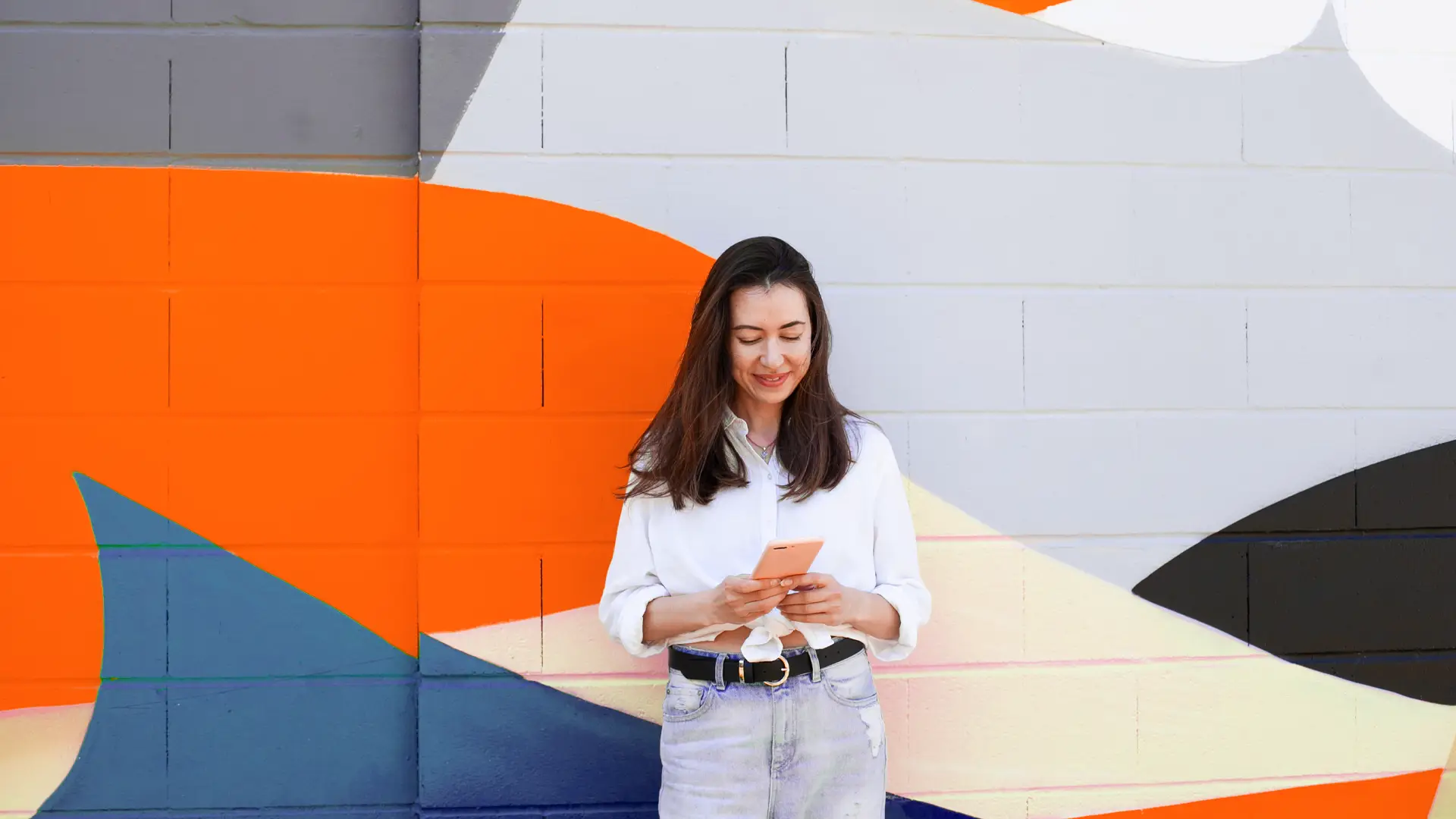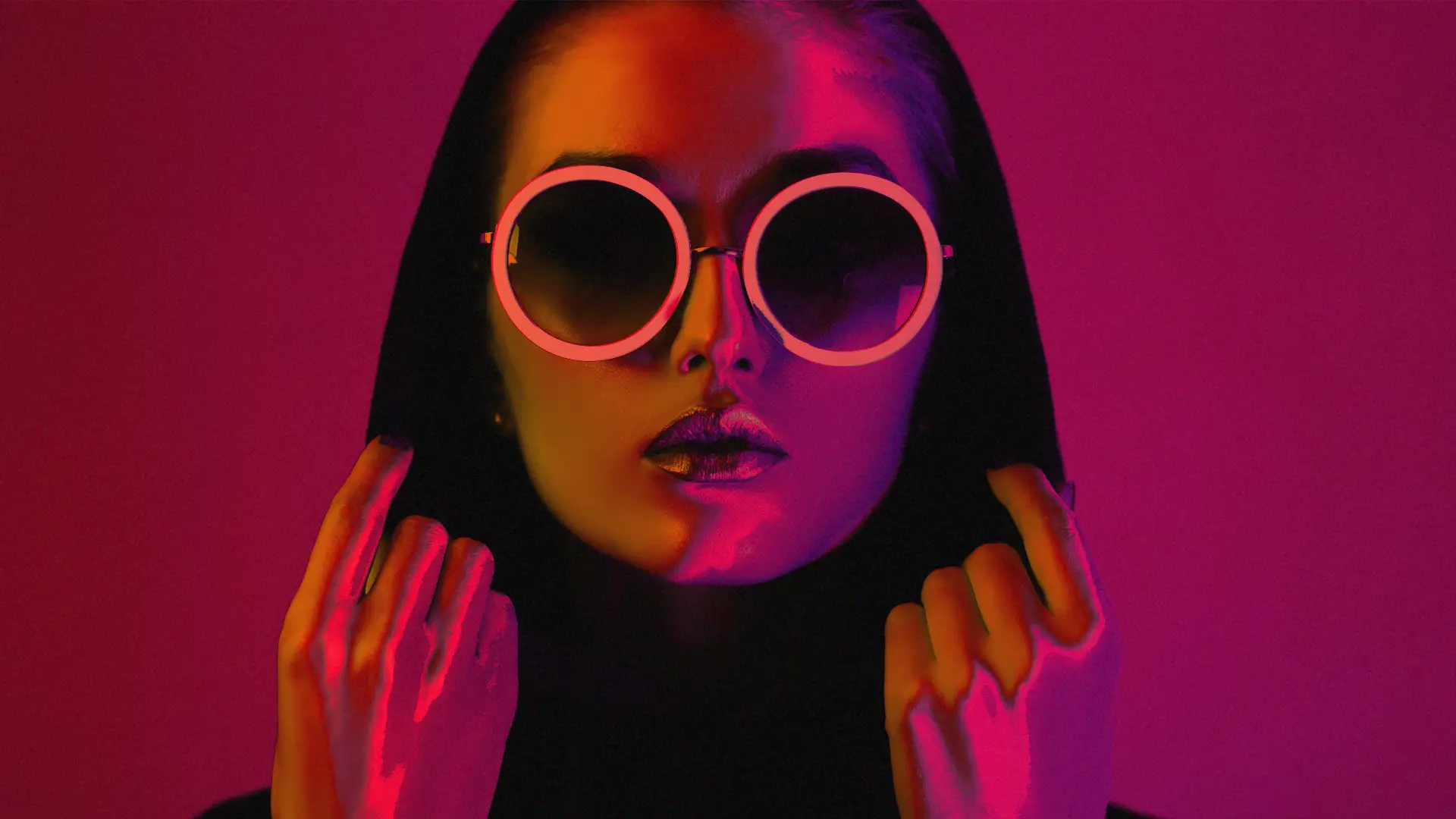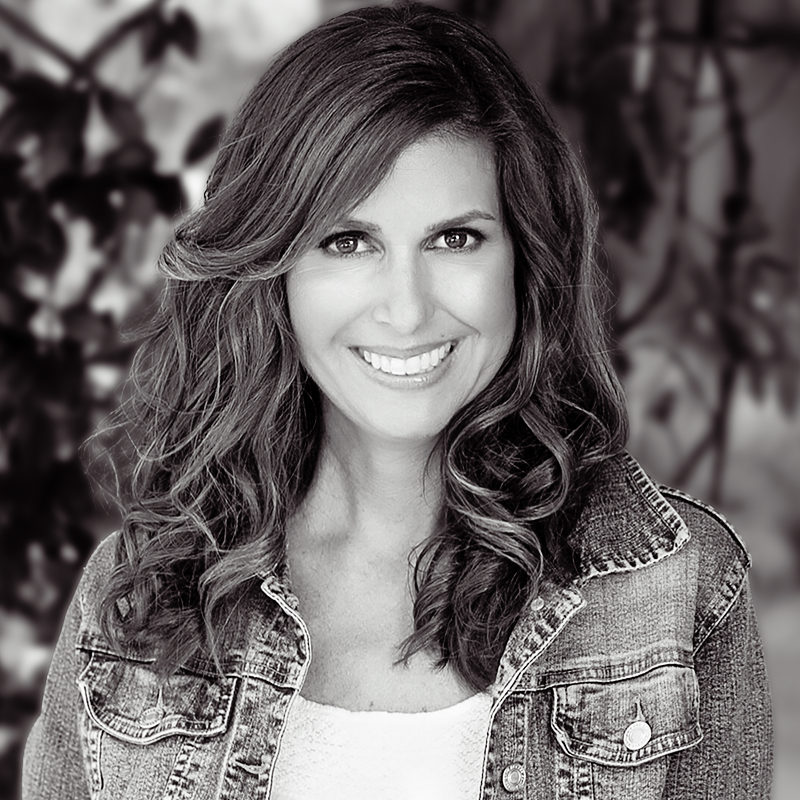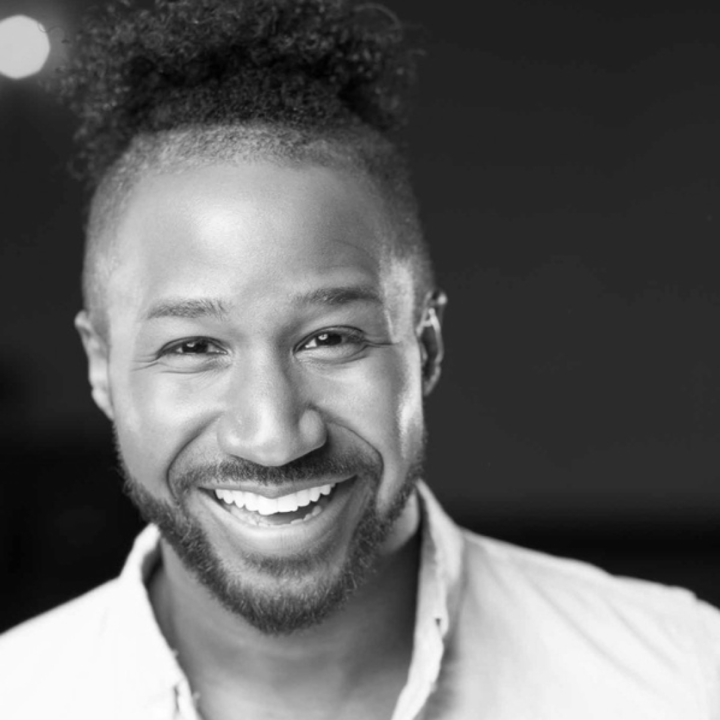Key Takeaways
- Experiential beauty marketing is the future—consumers crave more than just products; they want immersive experiences that connect them to cultural beauty traditions. Brands that integrate travel and heritage into their storytelling can build stronger emotional connections and brand loyalty.
- Authenticity and personalization drive consumer engagement, with 88% of consumers prioritizing authenticity and 71% expecting personalized interactions, beauty brands must go beyond mass marketing. Offering tailored skin-care solutions and culturally rooted experiences positions brands for long-term success.
- The beauty industry is thriving and expanding. It is projected to reach $580 billion by 2027, and beauty remains a resilient and high-growth industry. Merging wellness, tradition, and travel into marketing strategies presents an untapped opportunity to differentiate and elevate brand positioning.
Listen: How to make cultural beauty rituals into marketing experiences.
What if your beauty brand could take customers on a journey—literally? What if the skin-care aficionado could go beyond applying a luxurious argan oil serum at home—and step into a centuries-old hammam in Marrakech, feeling the steam open their pores while a local expert exfoliates their skin with traditional black soap? Or, imagine a wellness enthusiast immersing themselves in an Ayurvedic retreat in Kerala, learning how their dosha influences their skin-care routine.
Unlock new revenue rituals
Beauty isn’t just about what’s inside a jar anymore. It’s about experiences, heritage, and meaningful connections. With so many beauty rituals beginning in the home, rooted in traditions passed down through generations, brands have an opportunity to celebrate these customs by turning them into immersive travel experiences. Why not elevate the babymoon, spa weekend, or wellness retreat by incorporating authentic cultural rituals and practices featuring your brand?
Let’s pause for a moment. If this feels beyond your brand’s reach or too extravagant, consider this: in 2022, the beauty market—spanning skincare, fragrance, makeup, and hair care—generated approximately $430 billion in revenue.
Today, beauty is thriving across all categories, holding strong even in times of economic uncertainty. It has proven to be resilient amid global economic crises and in a turbulent macroeconomic environment. Beauty is now an industry that many people, from top-tier financiers to A-list celebrities, want to be a part of—and with good reason. Following a solid recovery since the height of the COVID-19 pandemic, the beauty market is expected to reach approximately $580 billion by 2027, growing by a projected 6% per year, in line with, or slightly higher than, other consumer segments such as apparel, footwear, eyewear, pet care, and food and beverages.
As Gabriela Hearst once said, “Luxury is about storytelling, and storytelling is about emotion.” The modern beauty consumer isn’t just looking for effective products—they’re looking for narratives that resonate, traditions they can be a part of, and experiences that make them feel connected to something bigger than themselves.
Brands that achieve lasting success understand how to preserve beauty traditions, ensuring they continue across generations while also strengthening the emotional ties between consumers and their products. By offering travel experiences that allow consumers to engage with these traditions firsthand, brands can create unique and unforgettable journeys that leave a lasting imprint.
Imagine your customers using your products AND living the experiences behind them—wandering through fragrant lavender fields in Provence, participating in a tea ceremony in Kyoto, or indulging in a luxurious spa treatment in Bali. This seamless fusion of beauty and travel creates endless storytelling opportunities and deepens emotional engagement. Let’s talk about how your brand can take the lead in this movement.
Moroccan hammam: A skin-care marketing journey rooted in tradition
Luxury spa x skincare line collaboration
The hammam experience—deep cleansing, steam therapy, and full-body exfoliation—has been a Moroccan beauty staple for centuries. Brands like Moroccanoil have woven Moroccan traditions into their storytelling, but why stop there?
Strategy
Partner with luxury spas and wellness resorts to create exclusive hammam experiences with your brand taking center stage. Consider offering a VIP package where customers experience a guided hammam ritual, complete with take-home product sets and insider skin-care workshops on Moroccan beauty secrets. Long after they’ve returned home, every time they reach for your product, they’re reliving an experience—deepening their connection to your brand.
Marketing angle
Instead of just talking about hydration and exfoliation, transport your audience. Show them the sights, the textures, and the hands of a skilled hammam practitioner at work. And make it exclusive—limited-edition product bundles tied to the experience can create urgency and demand.
Ayurvedic wellness retreats: Personalized beauty at its core
Forest essentials and Ayurvedic healing journeys
Ayurveda isn’t just a trend—it’s a 5,000-year-old science that’s shaping the future of personalized beauty. “Seventy-one percent of consumers expect companies to deliver personalized interactions. And seventy-six percent get frustrated when this doesn’t happen”. This presents a goldmine for brands willing to go deep, as personalization in skincare and beauty is no longer a luxury—it’s an expectation.
Strategy
Team up with Ayurvedic retreats to craft immersive skin-care journeys. Consumers can uncover their Dosha, experience custom treatments, and walk away with a product set designed just for them. Imagine a digital extension—a Dosha quiz that personalizes skin-care recommendations, driving e-commerce sales beyond the retreat itself.
Marketing angle
Make it accessible. Ayurveda can seem intimidating, so break it down with engaging content—interactive quizzes, live Q&As with Ayurvedic experts, and video diaries from real retreat attendees.
Japanese beauty tours: Timeless rituals, modern innovations
Tatcha's homage to geisha beauty secrets
Japanese beauty is all about precision and simplicity—like a haiku in skin-care form. Japan’s cosmetic exports were valued at approximately $646 billion Japanese yen (about $4.6 billion USD) in 2023, highlighting the strength and global demand for J-Beauty products.
Strategy
Collaborate with ryokans (traditional inns) and onsen resorts to craft curated beauty retreats. Offer visitors a chance to experience real Japanese skincare rituals featuring green tea, rice bran, and camellia oil. Bundle these experiences with travel-inspired product collections that bring Japan’s beauty heritage into their daily routine.
Marketing angle
Think cinematic. Use slow, mesmerizing visuals—steam rising from an onsen, a delicate tea whisked into foam, the serene beauty of a Kyoto temple. Beauty isn’t just about looking good; it’s about feeling transported.
Nordic sauna and skin-care immersion: The art of thermal wellness
Lumene and the power of Nordic ingredients
Nordic beauty extends beyond the typical icy landscapes that come to mind—it’s about contrast. The rush of a hot sauna followed by a cold plunge. The deep nourishment of Arctic berries after windburn. “Wellness tourism is one of the fastest-growing sectors in the wellness economy, with consumers increasingly seeking travel experiences that promote health and well-being.”
Strategy
Work with Nordic wellness resorts to create a “thermal beauty” experience—sauna rituals, glacial masks, rehydrating serums, and forest-bathing workshops. Introduce exclusive post-sauna skincare sets that amplify results.
Marketing angle
Tap into the wellness mindset. Highlight how these rituals improve skin while also promoting stress relief, resilience, and longevity. And sell the lifestyle—Nordic beauty is about balance, nature, and feeling your best in extreme conditions.
K-beauty heritage tours: Behind the scenes of the global phenomenon
Innisfree's Jeju Island experience
K-Beauty is more than a 10-step routine—it’s a culture. According to The Korea Herald, Korean cosmetics exports reached $10.2 billion in 2024, with basic skin-care products leading at $7.67 billion. Yet, most consumers experience only the end product, not the craftsmanship and tradition behind it.
Strategy
Create “Beauty Heritage” tours in Seoul. Offer behind-the-scenes access to fermentation-based skin-care labs, hands-on workshops on traditional herbal toners, and VIP experiences at leading K-Beauty flagship stores—partner with influencers to create exclusive content from these immersive trips.
Marketing angle
Make it a bucket-list experience. Create limited-edition “travel skin-care kits” inspired by the tours, available only to participants or through a waitlist campaign.
Why this approach works
People crave connection—whether it’s to tradition, culture, or something that feels real. With experiential travel and cultural beauty rituals gaining momentum, brands that merge authenticity with innovation will stand out. And the numbers don’t lie:
- 88% of consumers prioritize authenticity in brands.
- 71% seek personalized skin-care solutions.
- 66% of global travelers now focus on wellness experiences.
This isn’t just marketing—it’s the future of beauty. The only question left: Where is your brand taking customers next?
Latest.

EAA and WCAG: a guide to EU accessibility compliance.
Engineering & Technology, Experience & Product, Innovation & Emerging Tech

How to attract and retain Gen Z talent.
Diversity, Equity & Inclusion, Leadership & Management, Retention Strategies, Talent Acquisition & Recruitment

How to conduct a creative audit: a step-by-step guide.
Consulting & Operations, Content & Creative, Marketing & Analytics






